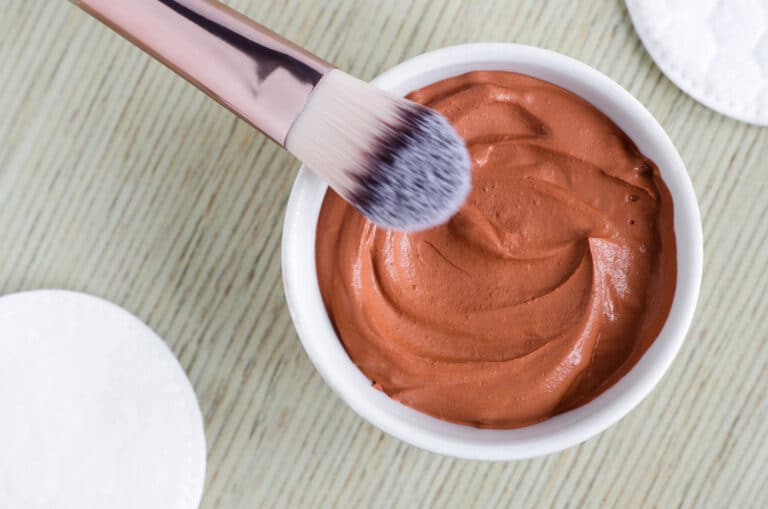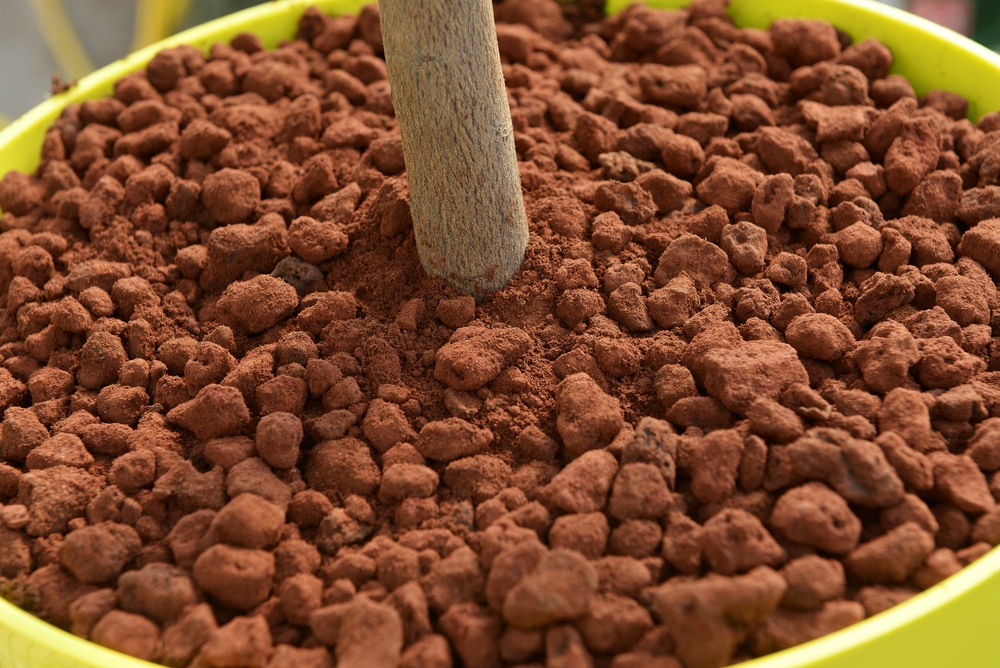The Festival of Athens and Epidaurus 2025, to be held from June 1 to August 24, celebrates 70 years of cultural history. This not-to-be-missed event combines ancient theater, classical music, opera, contemporary dance and innovative creations, spread between the Odeon of Herod Atticus in Athens, the ancient theater of Epidaurus, Peiraios 260 and other exceptional sites. With a rich, international program, advanced accessibility features, and an organization that cares about heritage and the environment, the festival offers a unique experience combining heritage, art and modernity.














